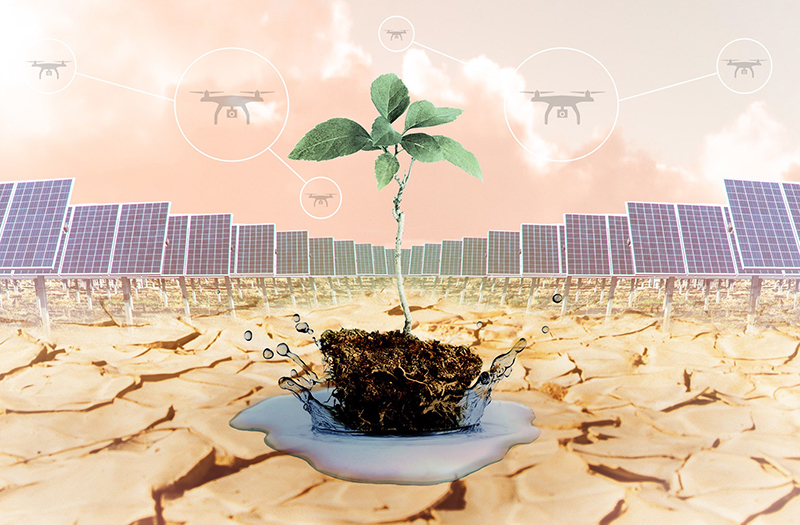As the planet experiences the effects of climate change, questions arise about the future of our planet and daily life in general. Many of the major challenges related to a changing climate and their impact on society have Michigan State University Spartans working on solutions.
Spartan Engineering scientists and researchers are studying critical areas and explain how their research addresses some of the biggest questions about a changing climate.
If solar panels reduce our energy dependance on fossil fuels, why doesn't everyone have solar panels on their homes?
"We have a lot of solar potential in the U.S., but many people don't have $15,000 to $20,000 to pay up front to install a solar panel on their roof," says Annick Anctil, an associate professor in the College of Engineering, who studies the performance and environmental benefits of solar panels. "If people could see how much money they would save, I think that would help. But, being able to forecast the savings and value of solar energy is still missing."
One researcher working to make solar panel technology more ubiquitous is Richard Lunt, the Johansen Crosby Endowed Professor of Chemical Engineering and Materials Science in the MSU College of Engineering and College of Natural Science. Lunt has created transparent solar panels that look like ordinary windows but use ultraviolet and near-infrared wavelengths outside the visible spectrum to generate electricity. Some of these panels were installed last summer above the entrance to MSU's Biomedical and Physical Sciences Building. The panels should generate enough electricity to help light the atrium inside the entrance.
While roof solar panels have the potential to power 40% of the country, Lunt's transparent photovoltaic panels have the potential to double that. By combining both regular solar panels and Lunt's panels, these technologies together could power the entire country's electrical power needs.
"Living more sustainably is a topic that has been near and dear to me my entire life," Lunt says. "Finding solutions that have the most potential to make the biggest impact. You can offset about two-thirds of the carbon dioxide generated from all the power we consume by using, or converting to, solar and battery power alone."
One year there is a flood and the next year there is a drought. How big of a problem is water availability?
Yadu Pokhrel, an associate professor in the College of Engineering, uses climate and hydrological models to assess and predict how the total water available on land would change under different climate change scenarios (low, medium and high carbon emissions). After running 80 simulations, Pokhrel found by the end of the 21st century, two-thirds of the planet's land will see a large decrease in water availability.
"This includes places that already deal with water availability issues, drought and places that have never experienced it before," Pokhrel says. "Climate change will continue to increase the number of extreme weather events such as flooding and drought around the world. The level of concern should be high."
Read more on MSU research - including additional carbon dioxide in the atmosphere and the challenges of coastal erosion - in a story written by Emilie Lorditch, courtesy of MSUToday.

